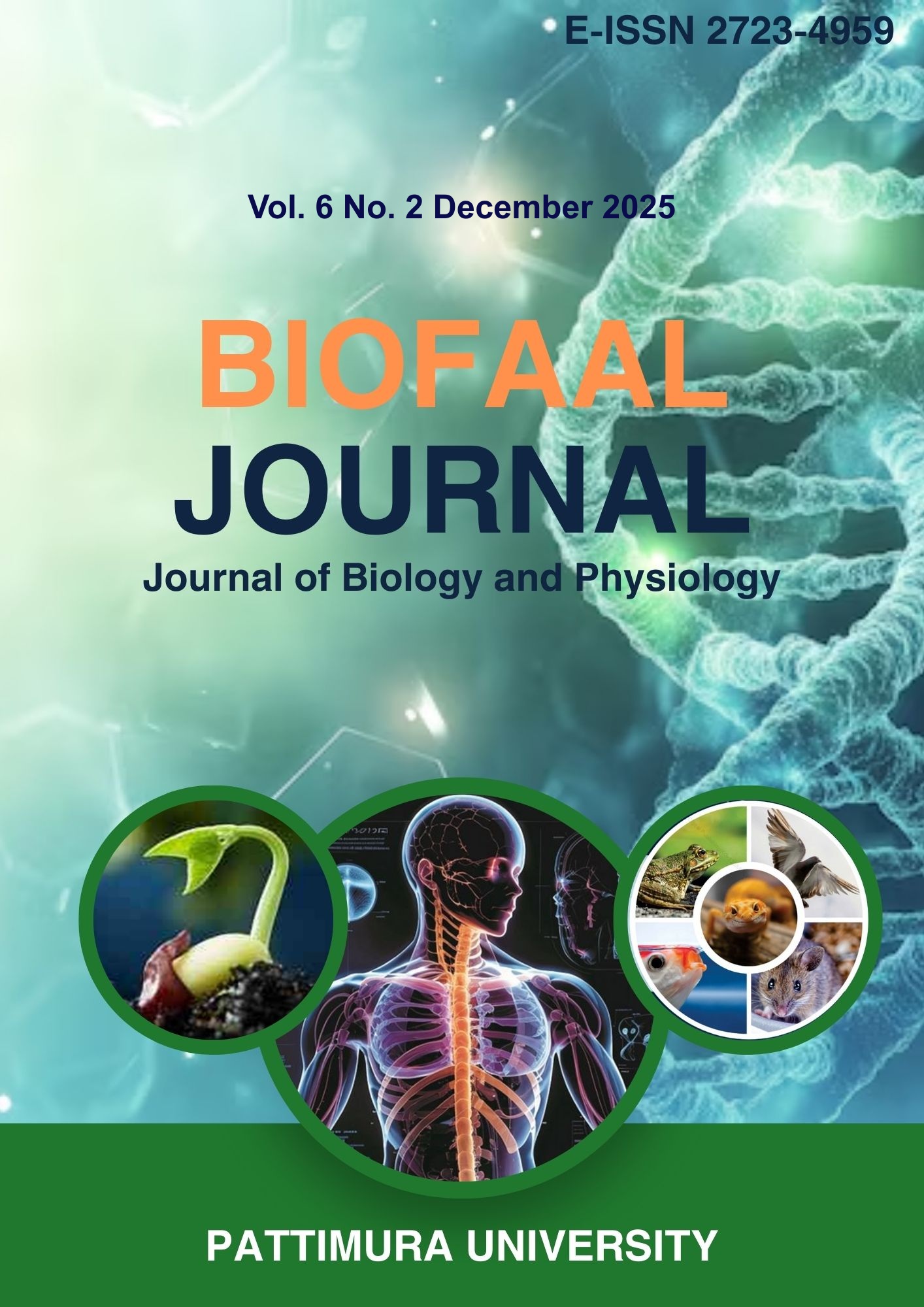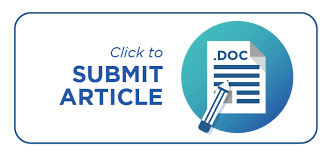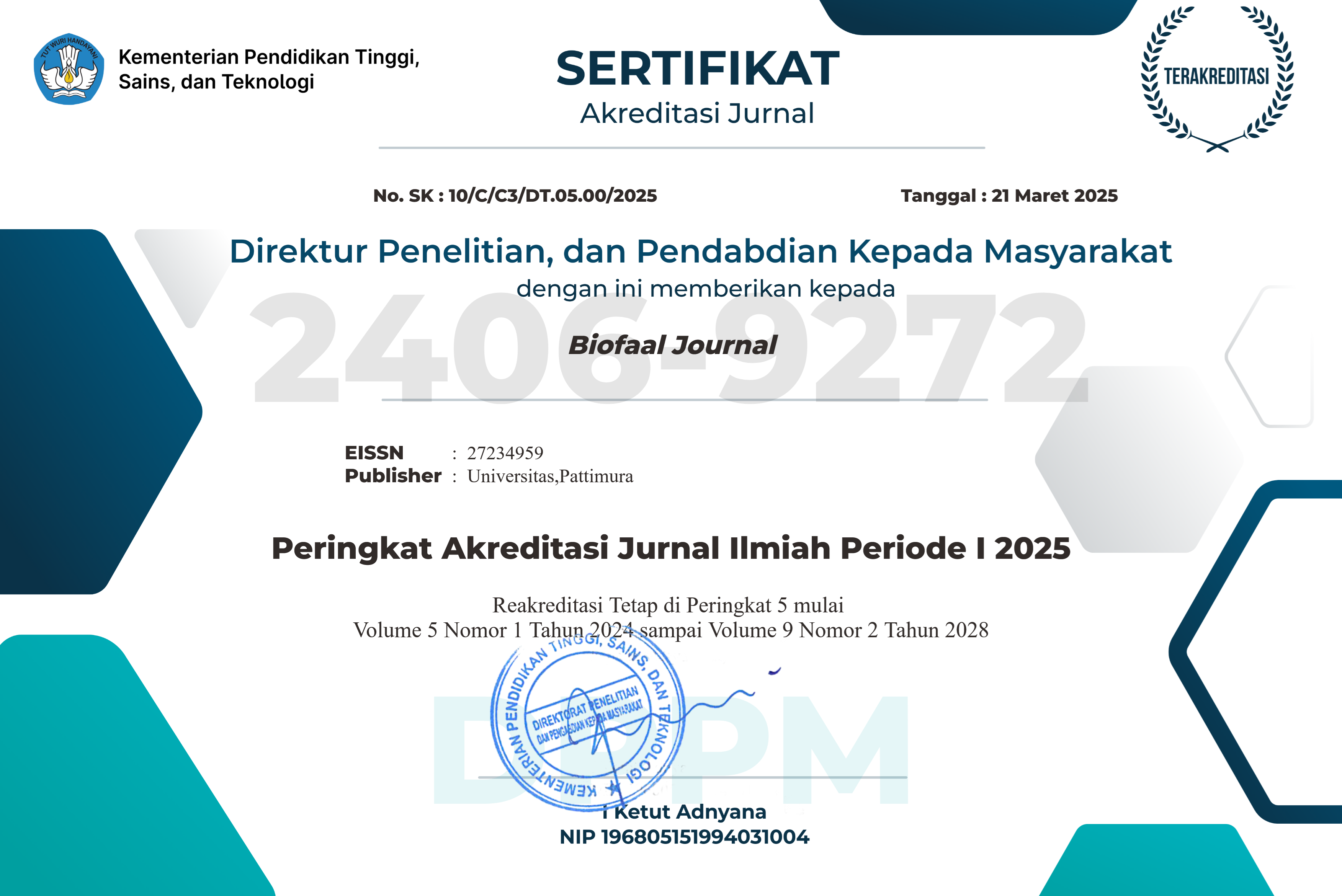Phytotherapy for Diabetes: A Preclinical Study of Ethanol Extract of Winged Bean (Psophocarpus tetragonolobus L.) Leaves in Diabetic Rat (Rattus norvegicus) Models
Abstract
The long-term use of synthetic hypoglycemic agents is known to cause adverse side effects and induce drug resistance. Winged bean (Psophocarpus tetragonolobus L.), a traditional medicinal plant from Maluku, contains secondary metabolites such as flavonoids, saponins, and tannins, which are believed to have potential in lowering blood glucose levels. This study aimed to investigate the effect of ethanolic extract of winged bean leaves on blood glucose reduction and β-cell regeneration in the pancreas of white rats (Rattus norvegicus) as a diabetic model. Thirty rats weighing between 150–200 g were divided into five groups: Group I (negative control), Group II (positive control), and Groups III, IV, and V (diabetic rats treated with ethanolic extract of winged bean leaves at doses of 2.52 mg/g BW, 5.04 mg/g BW, and 7.56 mg/g BW, respectively). Streptozotocin (STZ) was administered to Groups II–V to induce diabetes. Rats with blood glucose levels exceeding 200 mg/dL were subsequently treated with the designated doses of the extract in Groups III–V. On the final day, blood glucose levels were measured, and pancreatic organs were harvested for histological analysis. The results demonstrated that the ethanolic extract of winged bean leaves at a dose of 7.56 mg/g BW effectively reduced blood glucose levels in diabetic rats.
Downloads
Copyright (c) 2025 Mechiavel Moniharapon, Patrcik Indurian Tahapary, Martha Kaihena, La Eddy

This work is licensed under a Creative Commons Attribution-NonCommercial-ShareAlike 4.0 International License.
1. Author retain copyright and grant the journal right of first publication with the work simultaneously licensed under a creative commons attribution license that allow others to share the work within an acknowledgement of the work’s authorship and initial publication of this journal.
2. Authors are able to enter into separate, additional contractual arrangementfor the non-exclusive distribution of the journal’s published version of the work (e.g. acknowledgement of its initial publication in this journal).
3. Authors are permitted and encouraged to post their work online(e.g. in institutional repositories or on their websites) prior to and during the submission process, as it can lead to productive exchanges, as well as earlier and greater citation of published works.








